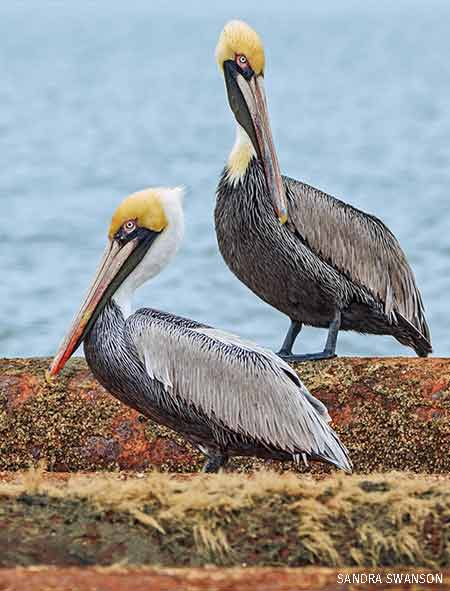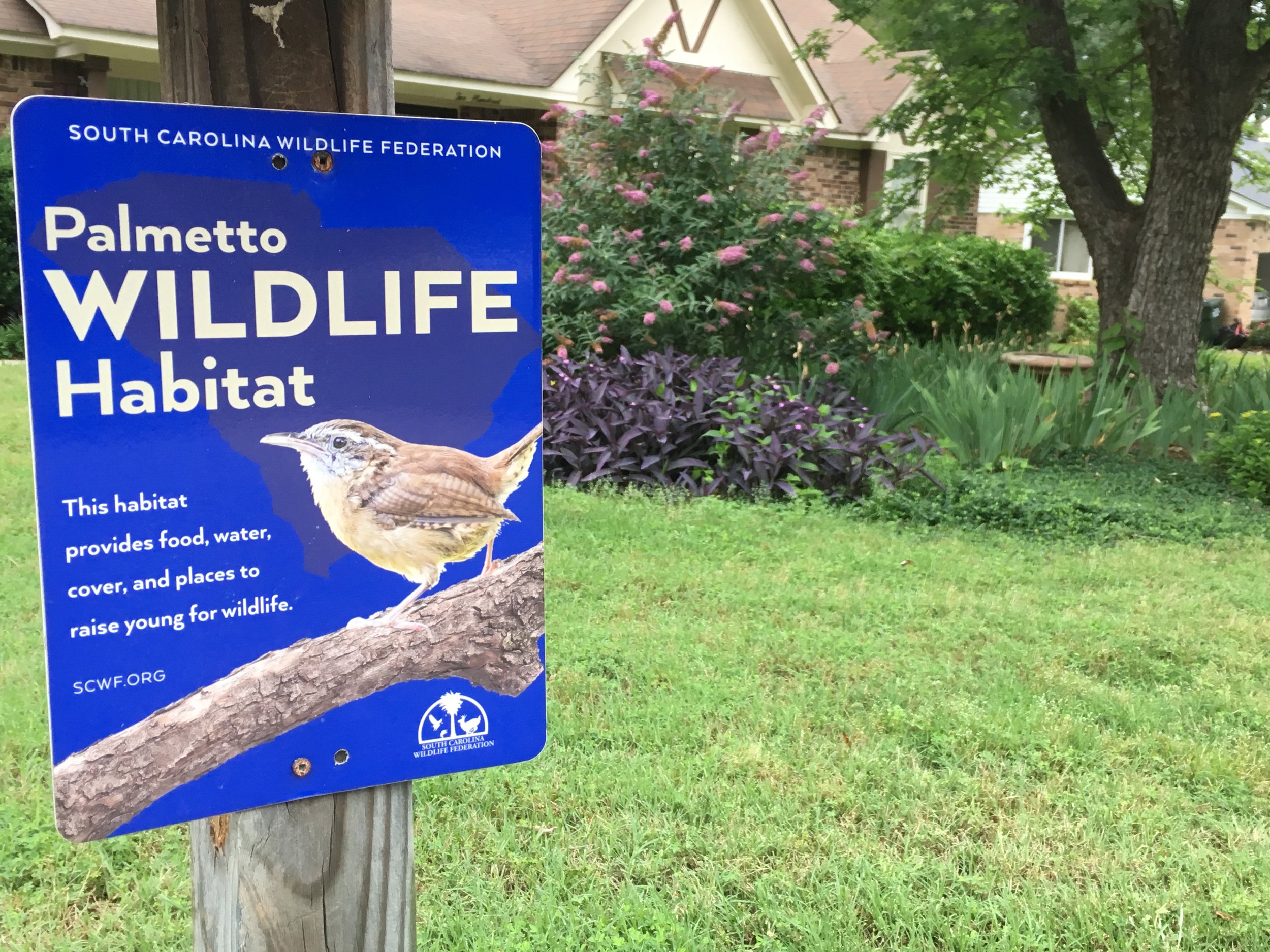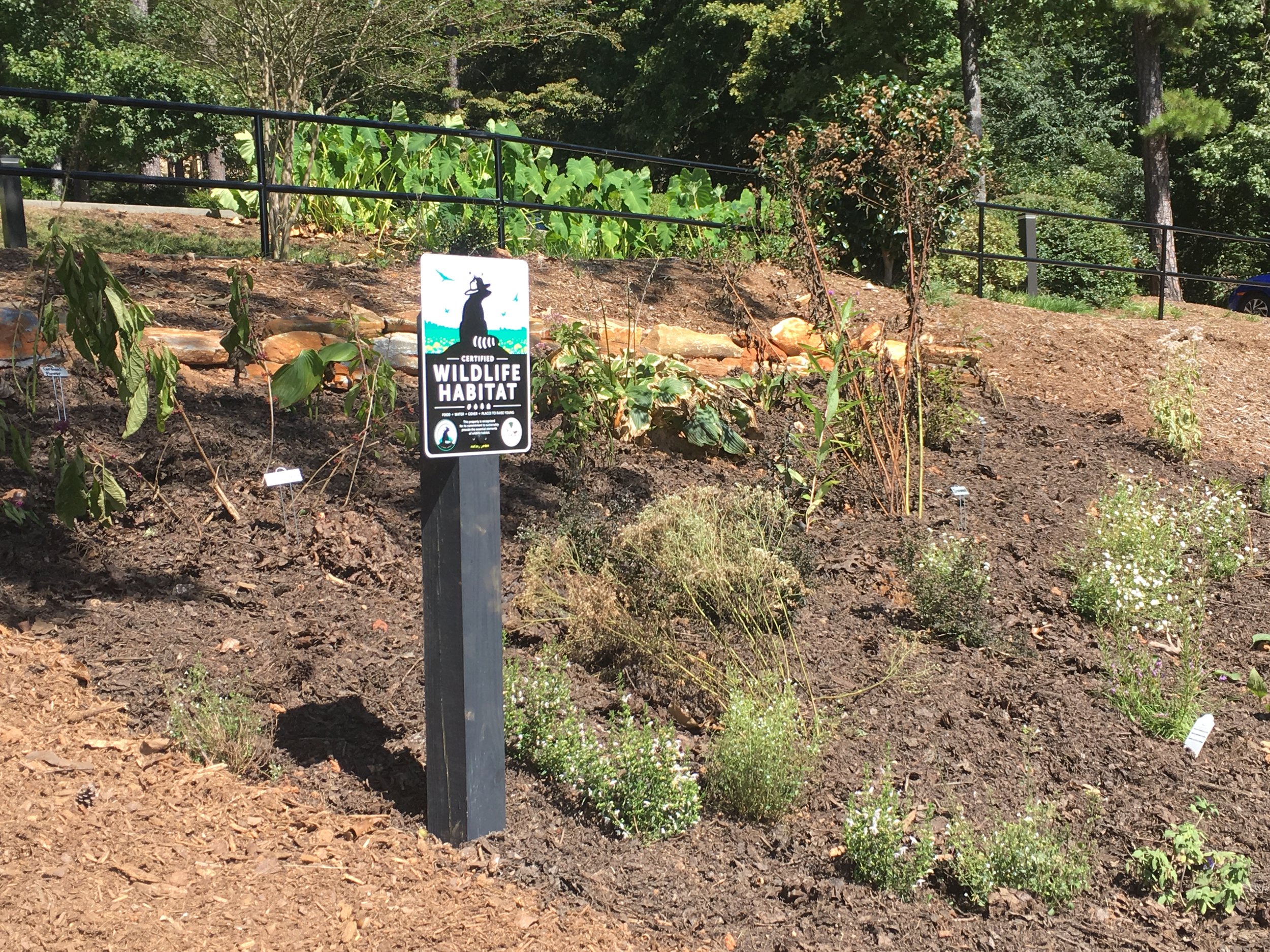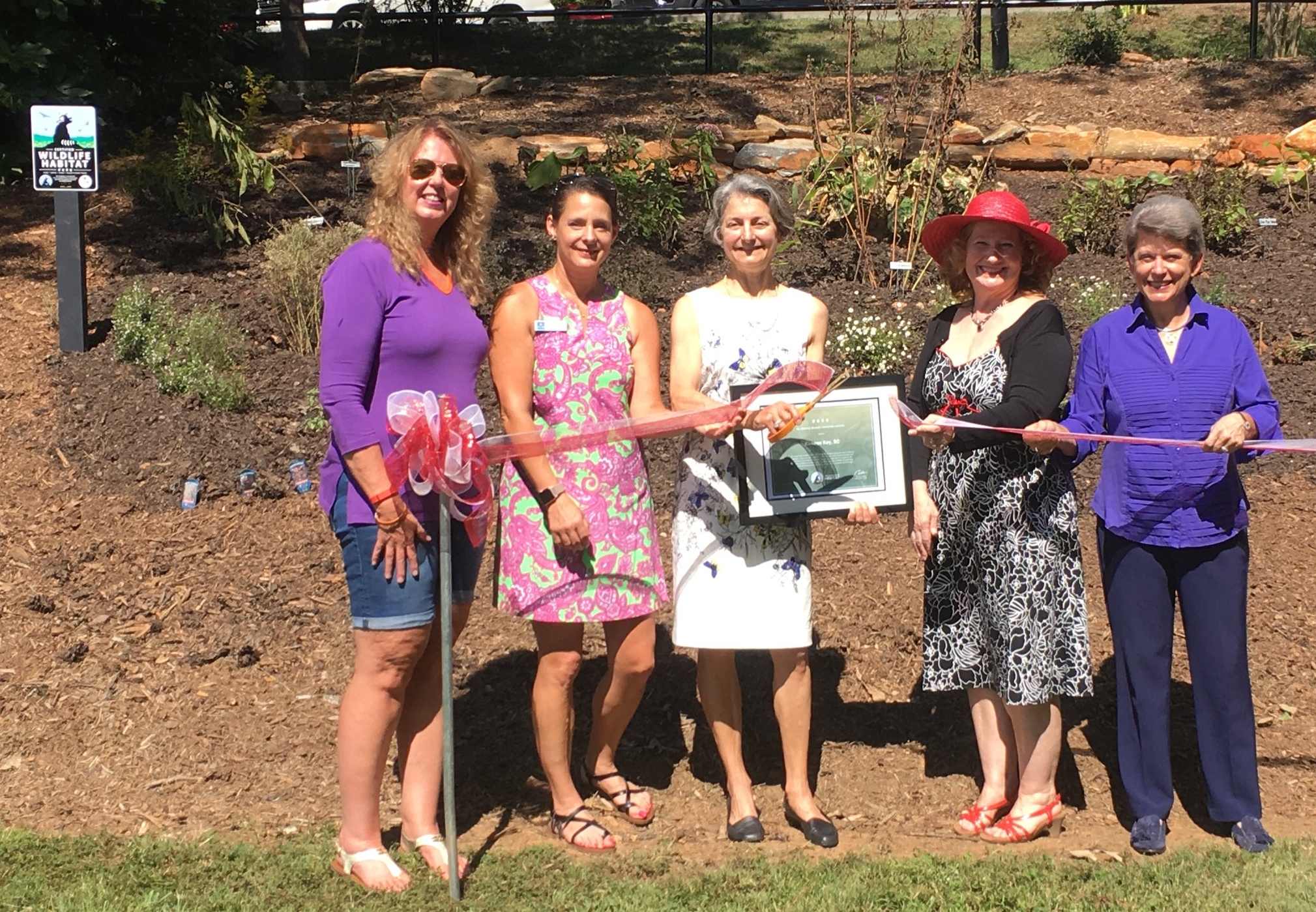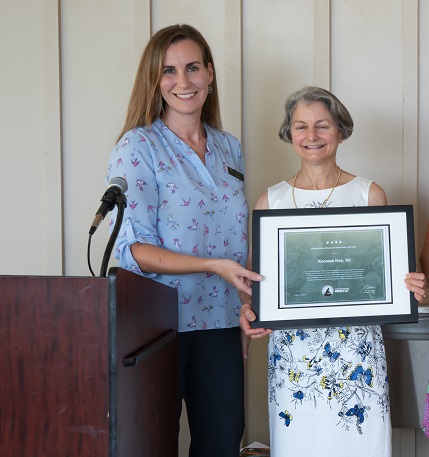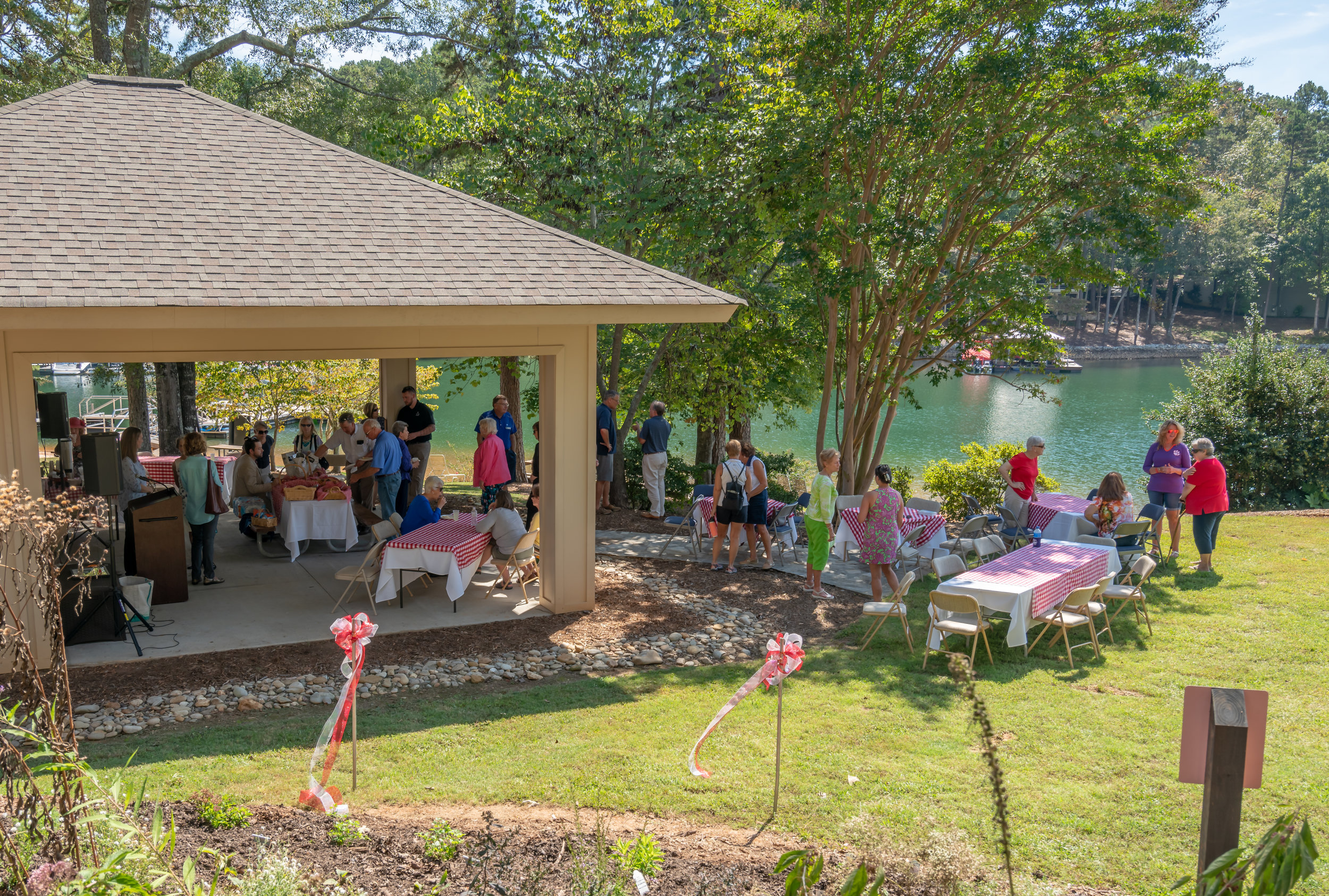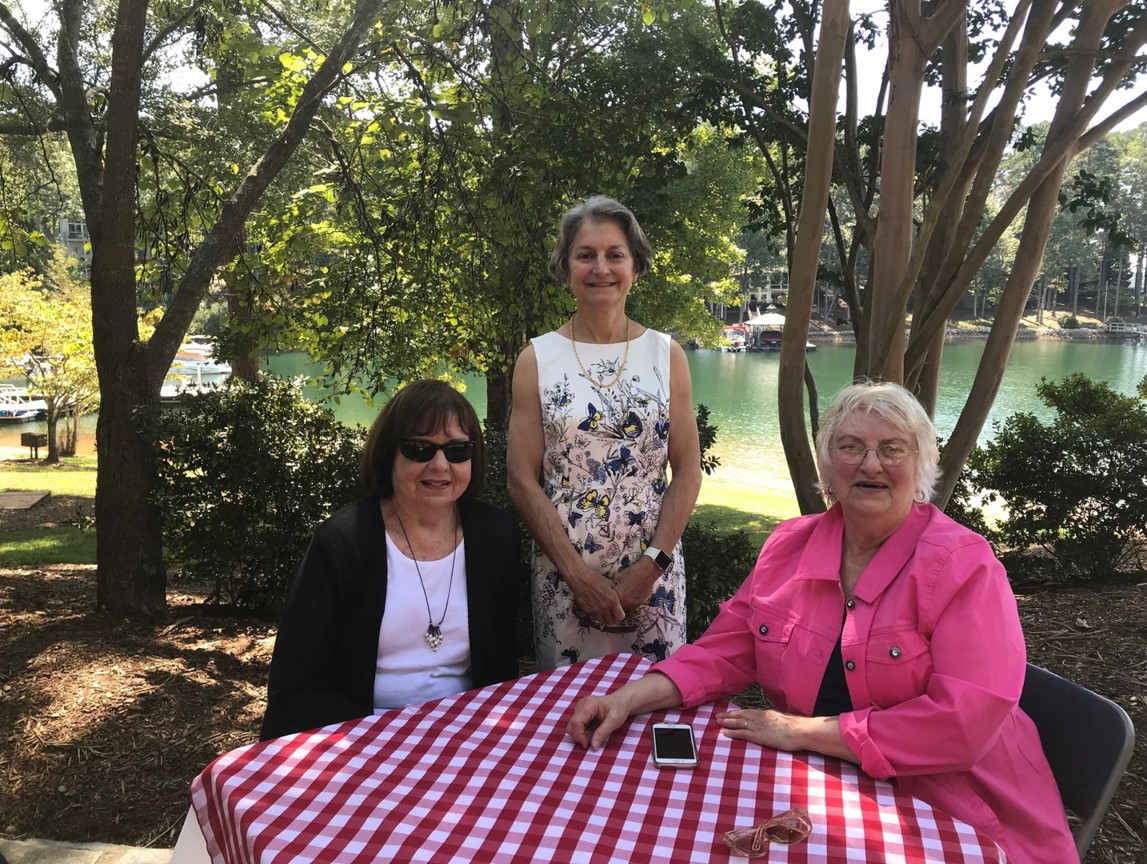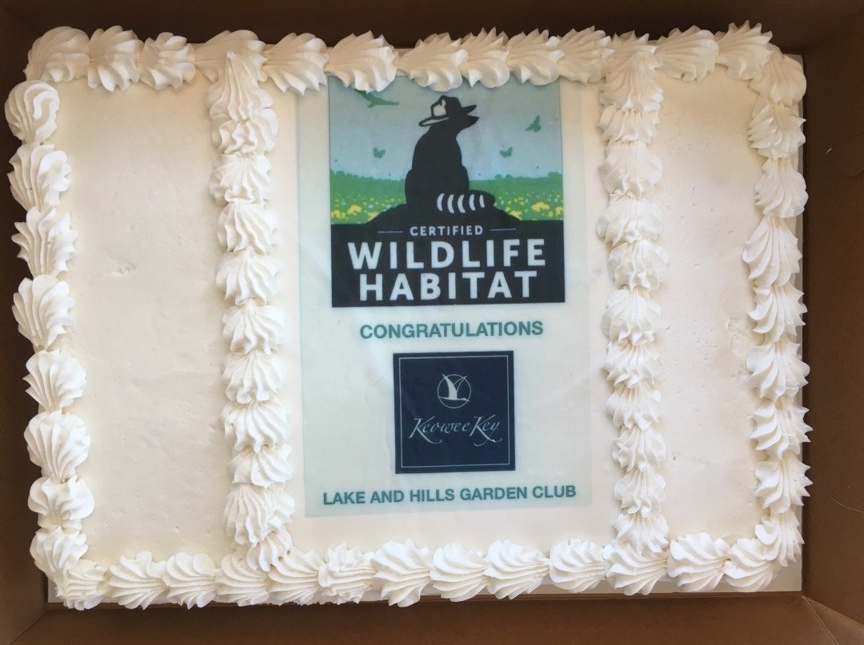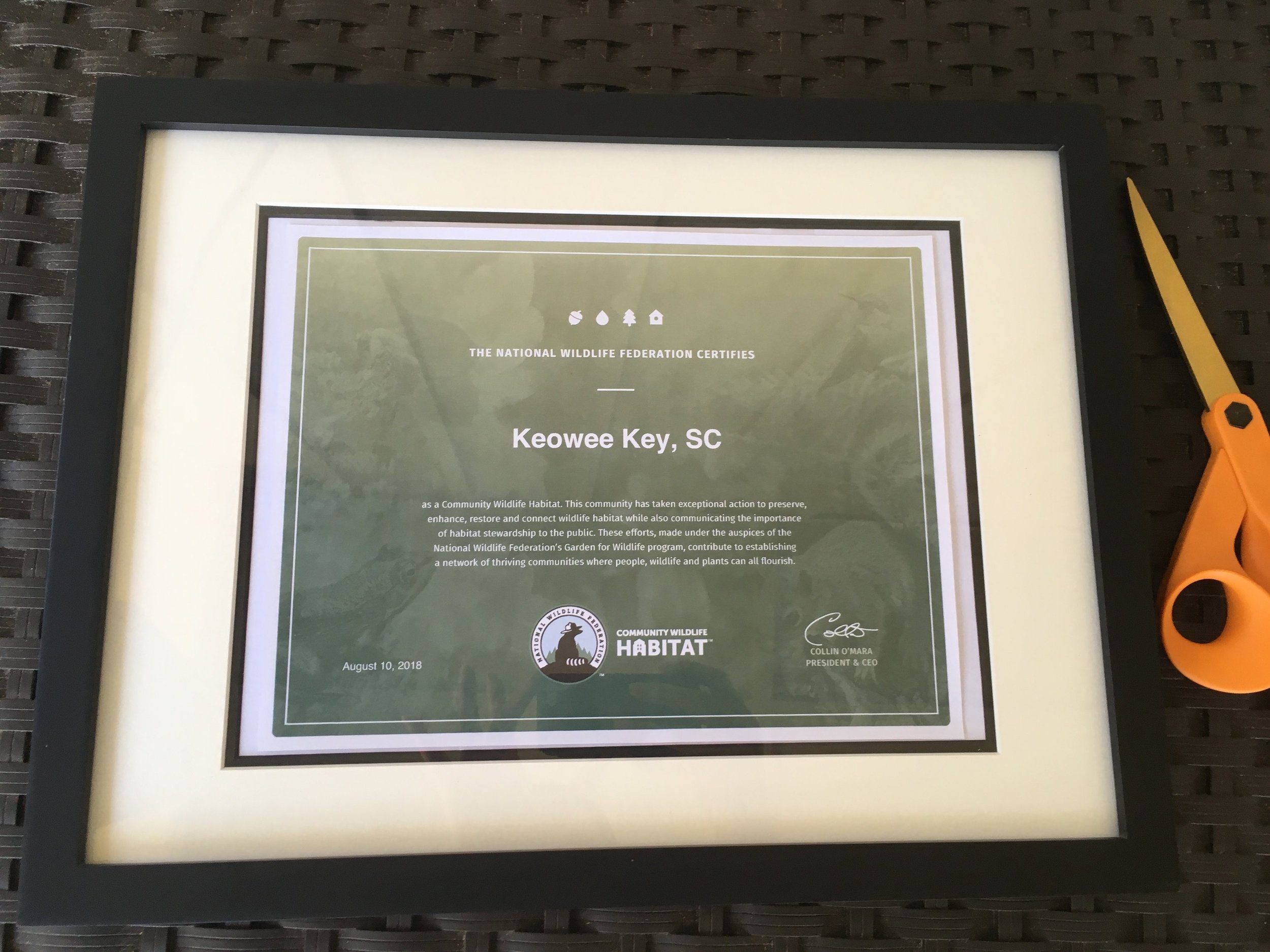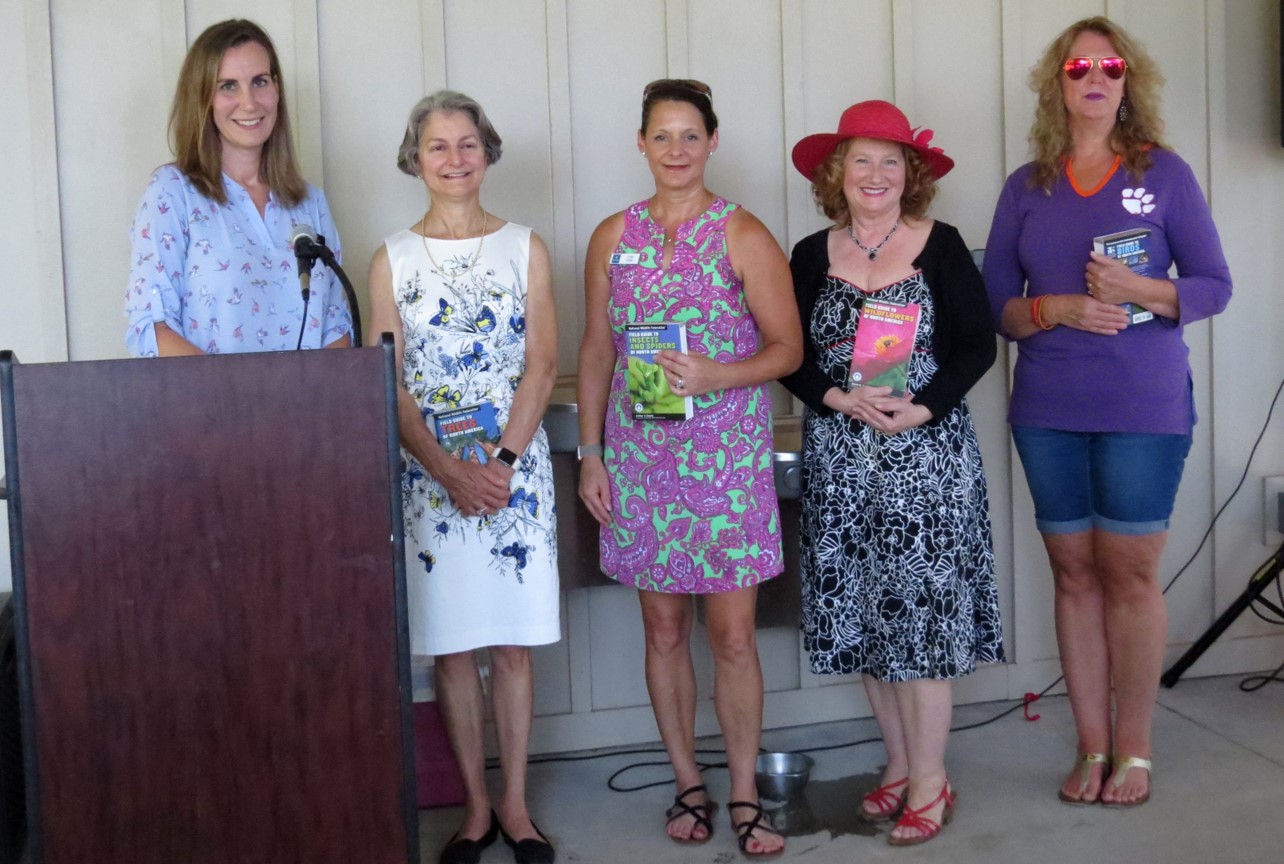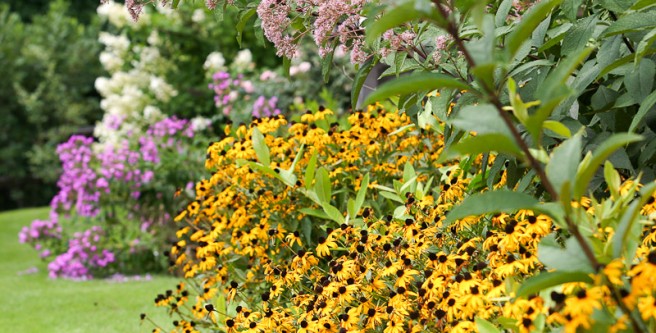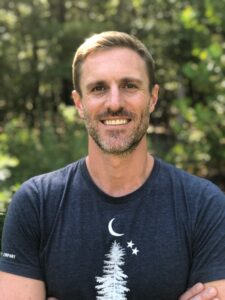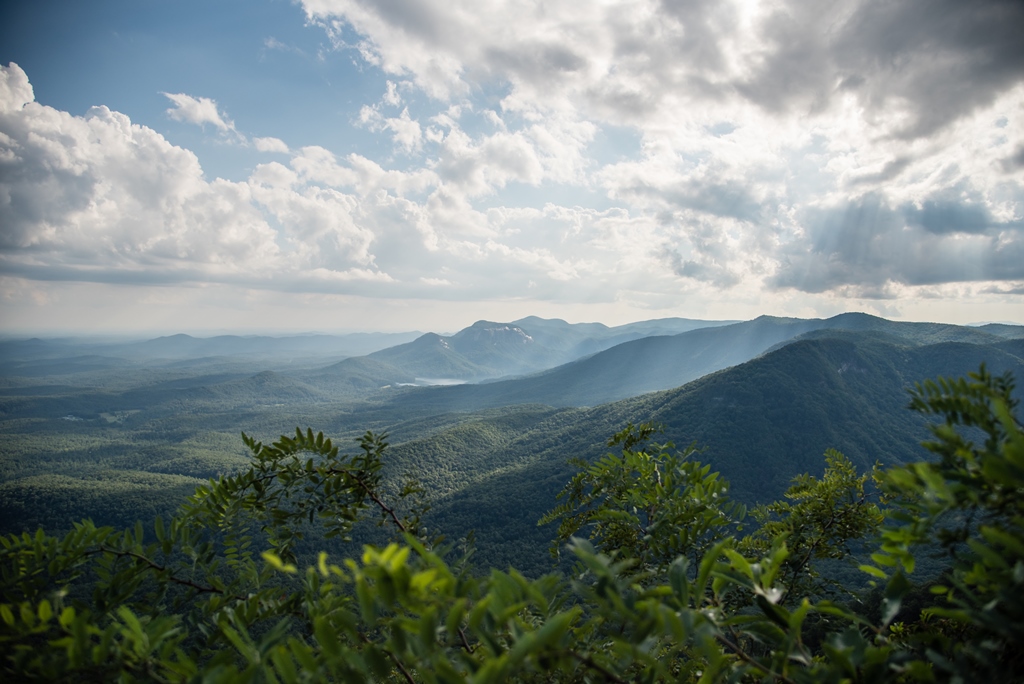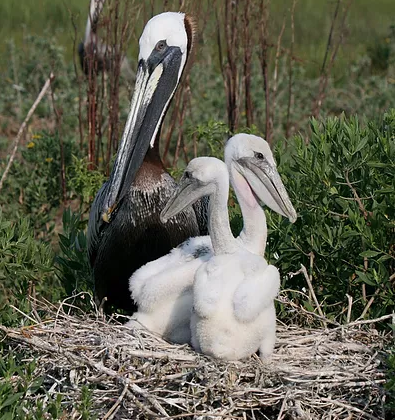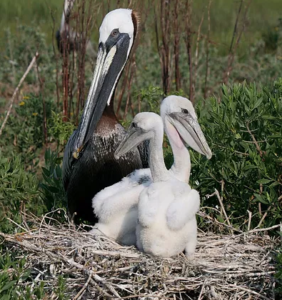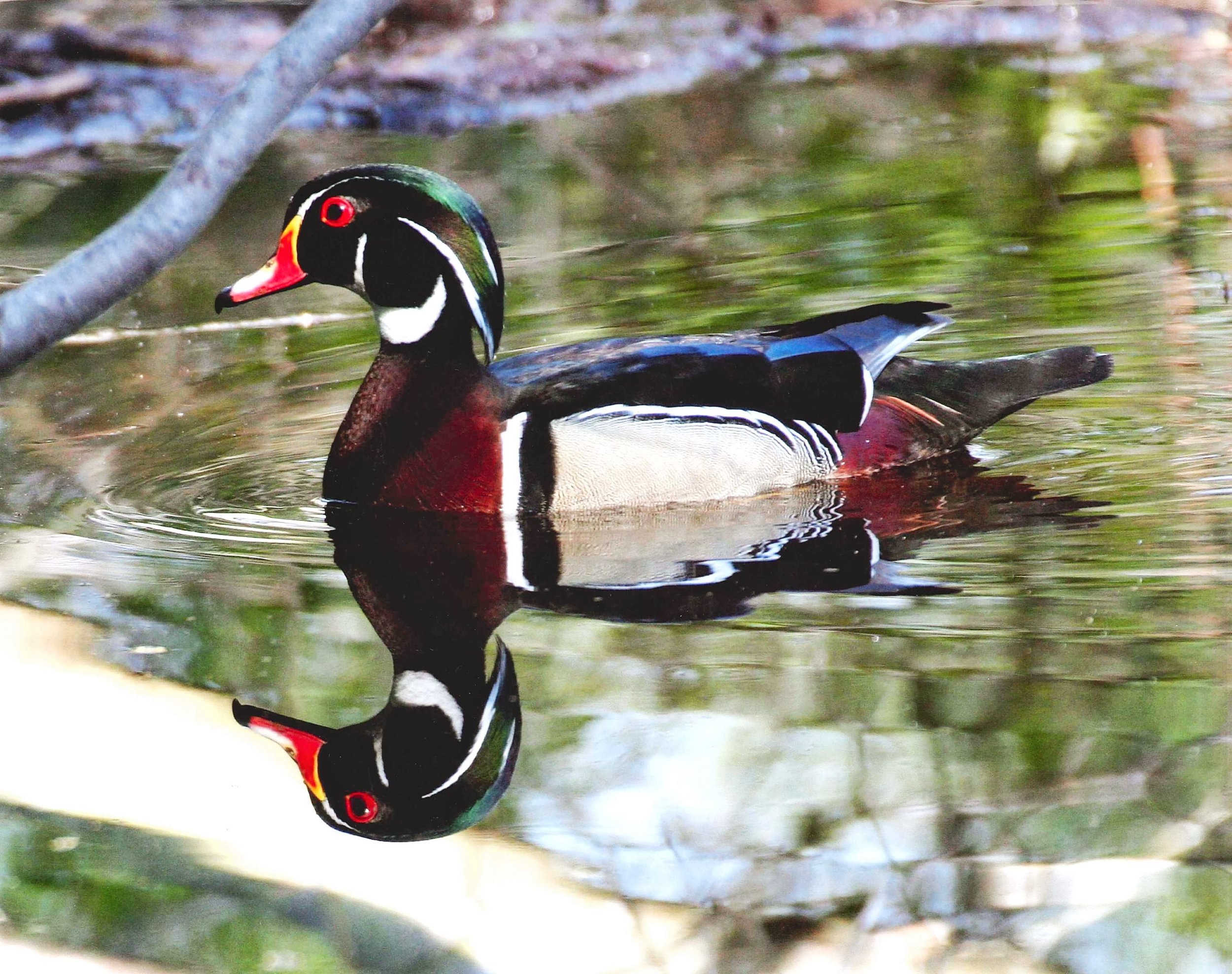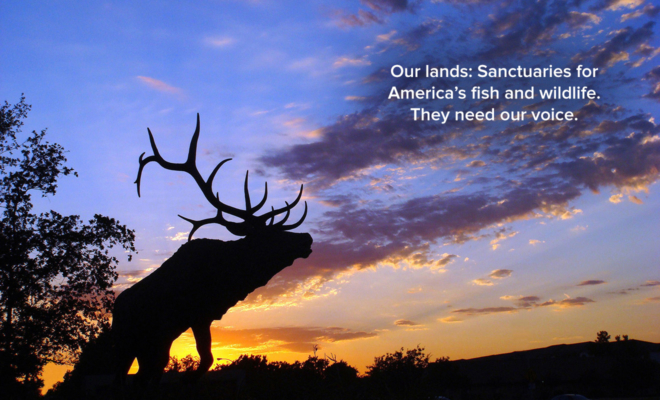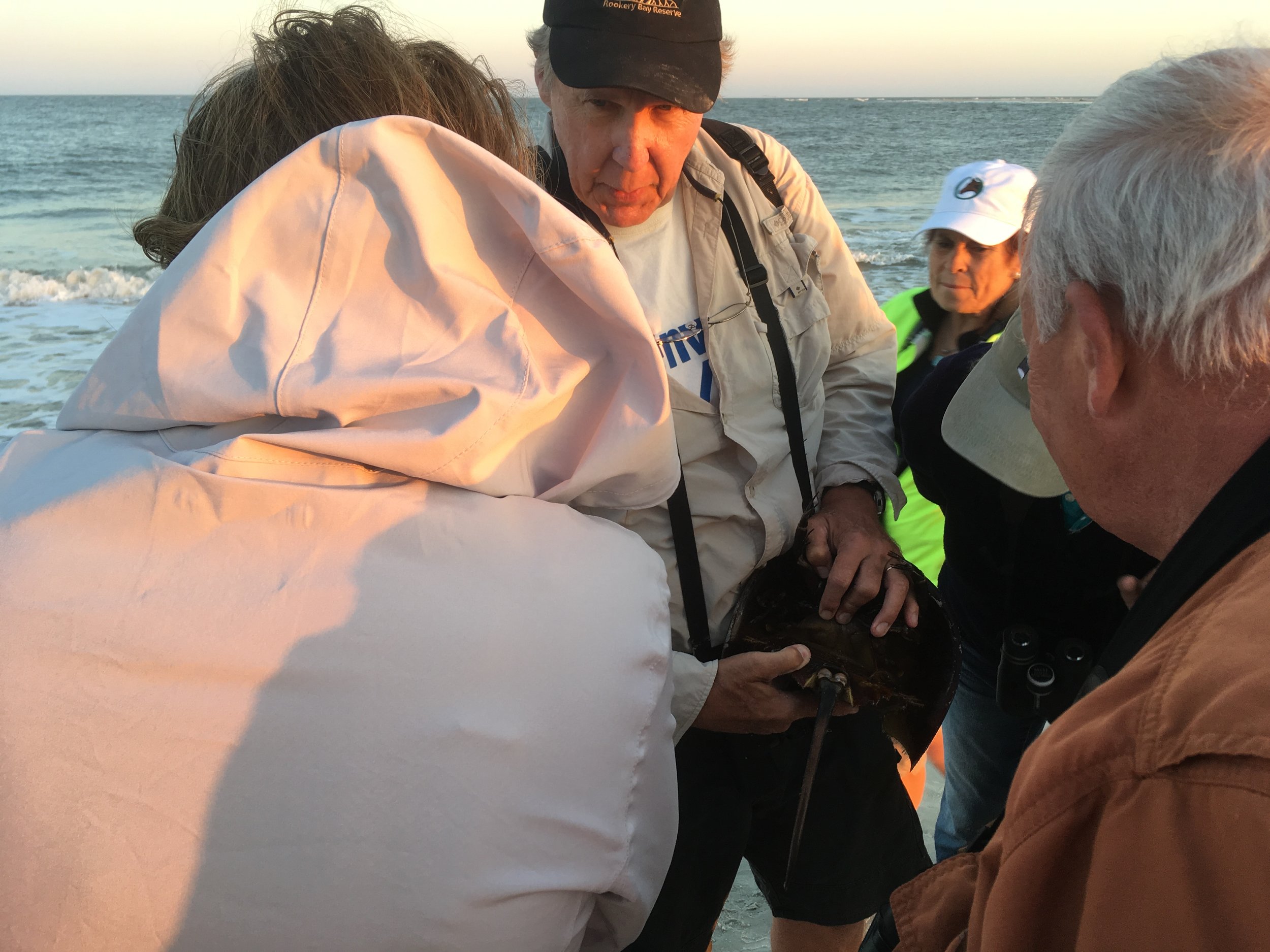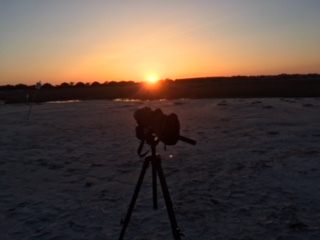Disappearing habitat is a problem worldwide. Most endangered species have that status because of habitat loss. Two thirds of the world’s forests are already gone.
Most people feel helpless when it comes to saving the forests around the world, but there are so many things you can do right in your own backyard and community to create wildlife habitat and make a big difference. The S.C. Wildlife Federation (SCWF) partners with the National Wildlife Federation to provide recommendations for creating and enhancing wildlife habitat in backyards as well as at schools, businesses, parks and throughout entire communities.
There are some small changes a homeowner can make that will make a big difference for wildlife. One of the best things you can do is plant native plants and trees — this re-establishes the local ecosystem. Native plants have formed symbiotic relationships with native wildlife over thousands of years and therefore offer the most sustainable habitat.
A plant is considered native if it has occurred naturally in a particular region, ecosystem or habitat without human introduction. Exotic plants that evolved in other parts of the world, or were cultivated by humans into forms that don’t exist in nature, do not support wildlife as well as native plants. Occasionally, they can even escape into the wild and become invasive exotics that destroy natural habitat.
Native plants help the environment the most when planted in places that match their growing requirements. They will thrive in the soils, moisture and weather of your region, which means less supplemental watering and chemicals are needed. Native plants also assist in managing rainwater runoff and maintaining healthy soil as their root systems are deep and keep soil from being compacted.
Discovering the native plants where you live can also define a unique sense of place and heritage for your garden habitat while preserving the natural history of the flora and fauna of your region.
In designing your habitat garden and choosing plants, strive for an “edge habitat,” which is a smooth transition area between two adjacent habitats. For example, smaller trees and shrubs create an edge between a mature forest and a meadow. You will have a higher number and diversity of wildlife in this transition zone because species from each of the different habitats overlap in the “edge.”
The SCWF has a list of native plants with a high wildlife value on its website at www.scwf.org. These plants either provide berries, seeds, nuts or nectar for birds, insects and other backyard wildlife, or they provide evergreen cover and nesting sites.
You can add supplemental cover by leaving hollow trees standing, or with the addition of a brush pile. Nesting sites can be added with a variety of styles of bird boxes available from the SCWF or from your local garden center.
In addition to planting a variety of native plants, it is essential to provide a source of fresh water year-round for wildlife. You can provide this habitat component in a variety of ways, from a simple birdbath or shallow dish of water to a water garden or pond. The sound of running or dripping water will attract a great diversity of wildlife to your yard.
By providing food, water, cover and places to raise young, your yard can become certified as an official wildlife habitat. You can also go beyond your backyard and create wildlife habitat at your local park, library, church, school or business. The SCWF also certifies industry sites, and you can even have your whole community certified by the National Wildlife Federation.
South Carolina currently leads the nation in the number of certified wildlife habitats per capita! You can help us maintain our lead by enhancing wildlife habitat in your own yard, having it certified, and then sharing this information with others in your community and encouraging them to also make a positive impact for wildlife in their own yard.
The mission of the S.C. Wildlife Federation is to conserve and restore South Carolina’s wildlife and wildlife habitat through education and advocacy. For more information, please visit our website at www.scwf.org.
Sara K. Green is director of education with the S.C. Wildlife Federation.
Article published 11/25/18 in Spartanburg Herald-Journal.
